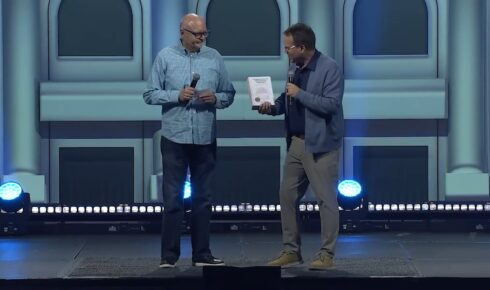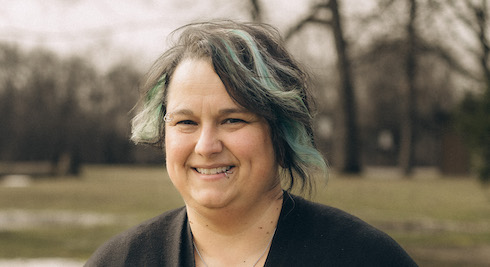
EDITOR’S NOTE: This article was adapted from the doctoral dissertation, “Aimee Semple McPherson and Spanish-Speaking Ministry in Los Angeles: Lessons for the 21st-Century Foursquare Church” by Jim Scott, D.Min.
La Escuela Biblica
Foursquare’s historical L.I.F.E. Bible College became an essential partner in the cross-cultural outreach of Angelus Temple as it developed bilingual Spanish/English ministers and leaders. The students who enrolled in the 1927 fall term found they could take Spanish as a part of the Preparatory Course. The students who learned Spanish at L.I.F.E. were soon to become members of Spanish-language church planting teams that were deployed in California, as well as to Colorado and other states, in the ensuing years.
The October 1931 Foursquare Crusader magazine celebrated one such team: “Last Wednesday evening, the Spanish church of the 500 Room prepared and presented a beautiful program in honor of the students who have labored and served so earnestly to make this work a success. Among these was Mrs. Carrie McCormick, a Harvester who has worked tirelessly in giving the Gospel to the Spanish people, and who is leaving after graduation for Colorado to resume there the evangelization of the Spanish nationalities.”
L.I.F.E Bible College also helped develop La Escuela Biblica at the McPherson Mexican Mission in 1931, as well as other Spanish-language institutes and training centers around the nation. The Spanish-speaking churches followed the example of Angelus Temple by linking a strong local church, a formal educational process and a dynamic internship where the students could do the work of the ministry.
Sister McPherson sought other ways to care for and serve the Spanish-speaking enclaves around Los Angeles. The Angelus Temple leadership team ensured that all peoples had equal access to the Angeles Temple Commissary, and they developed teams of workers who would take food to the homes of any who had need, including the homes of Spanish-speaking neighbors around the church.
In addition, KFSG Radio began broadcasting Spanish-language programming in 1924, and it dramatically increased in the 1930s under the leadership of Pastor Antonio Gamboa of the McPherson Mexican Mission. Pastor Gamboa’s radio programs remained the Spanish voice of the Foursquare movement and Angelus Temple for many years.
Indeed, Sister McPherson had the Spanish-speaking people in her heart. As a result, she welcomed them to Angelus Temple as honored guests, not as immigrants, foreigners or outsiders. She provided a place where they could belong and regain dignity.
God’s call to Los Angeles and Sister Aimee’s love for this community made them a priority. In spite of the many demands on her time, she was available and approachable as a friend. These are the essential qualities for a fruitful cross-cultural partnership.
Spanish-speaking ministry was a significant part of our movement’s founding, and it continues to be a vibrant thread in the tapestry of The Foursquare Church. Today the 21st-century Hispanic Foursquare Church, in all its diversity and beauty, answers to the prayers of Sister McPherson and multiple thousands of faithful, missional Foursquare brothers and sisters who sought to reach their city by being missionaries at home.
This is Part 3 of 3 in a feature article series.
To read Part 1, detailing Aimee Semple McPherson’s call to reach the city of Los Angeles and the Hispanic community, click here.
To read Part 2, detailing the exponential growth of Foursquare’s early ministry among the Hispanic community, click here.


